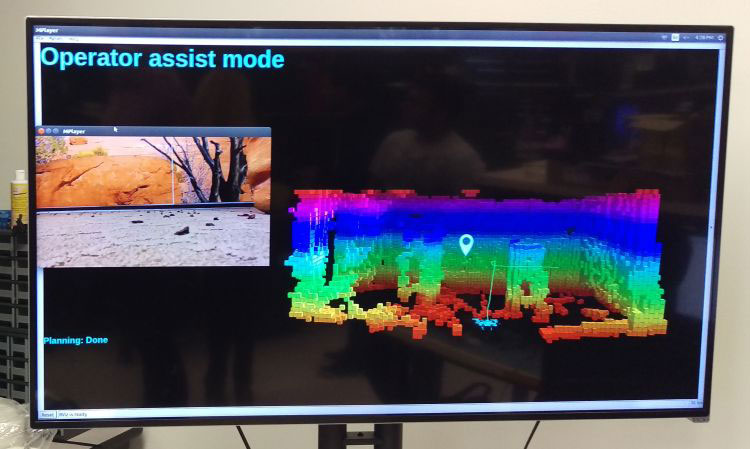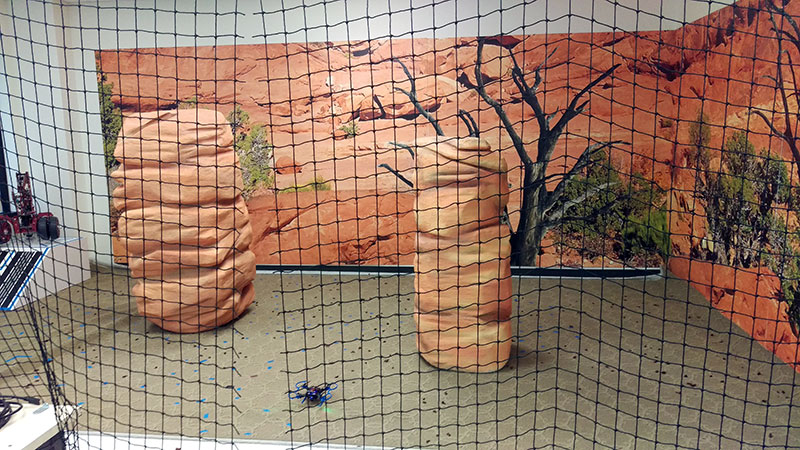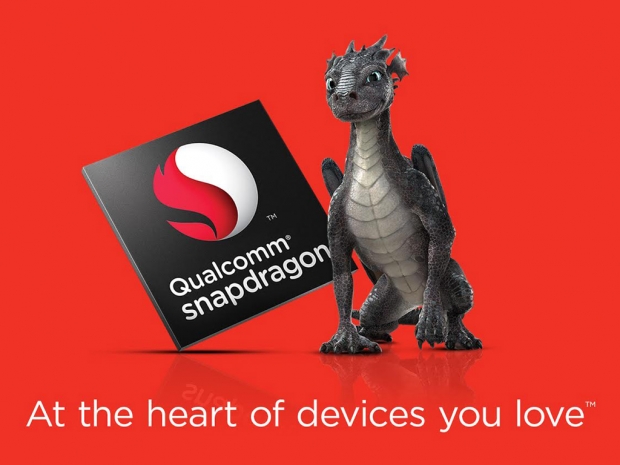Senior Director of Qualcomm's IoE-consumer electronics, Hugo Swart thinks that the smart drone market's general direction is towards consumer electronics. Swart said that the first drones powered by Qualcomm Snapdragon Flight drone platform technology should be commercially available soon.
The company see drones as flying cameras, and most which are being sold now are being used for video or aerial photography. The drone we saw demonstrated at Qualcomm San Diego campus was powered by Snapdragon Flight drone platform. This was an extremely light device. The drone weights just below 250 grams and it is made from composite materials. It has a few cameras, four rotors and a Snapdragon Flight drone platform based board that makes the drone smart.
The weight is an important detail, as drones that are less than 250 grams do not have to be registered with the aviation authorities in the US. The demo showed a drone that used multiple camera to map the world around it, and was aware of its surroundings.
The operator used a tablet to fly the drone. Its software had some nice features, like the use of the GPS to mark the position. When necessary, the operator would press the button and drone would find its way back to the marked position.
Since the drone would be using multiple cameras to map the world around it, it can find a new path and avoid possible obstacles on its flight path. The demonstration we saw was performed in a controlled environment with a huge rock in the middle. The drone was avoiding the rock just as you would expect. 
The drone could detect a wall, and it would not let you fly into it. The Drone would simply stop and would not crash a no matter how hard you tried. The other nice feature was that the drone could find its own way to the position market by GPS. It would not have to fly a path already travelled. It could find a shorter part to the mark position too.
Adding Snapdragon SoC on the drone would make the flights safer and help you avoid damaging the drones or stuff around you. If you fly big drones for example with big cameras, you don't want to crash it and potentially destroy hundreds of dollars worth equippment.
Swart believes that drones using Snapdragon Flight technology will be “flying camera drones” while later there might be a commercial applications. At some point in the future, drones powered with this technology should be able to deliver packages.
The only downside of this super lightweight drone was it had a small battery that would let it fly for six to eight minutes. Of course, if you make a larger drone with a larger battery, you could fly it longer. This was a proof of concept designed to show the capabilities of this flying cameras.Qualcomm will have customers who will make actual devices.
Partners will design their own drones and use the integrated Snapdragon Fly platform. The important part is the software which makes the flying hardware and its visual compute. If you are into drones, that this software will improve the overall experience.




